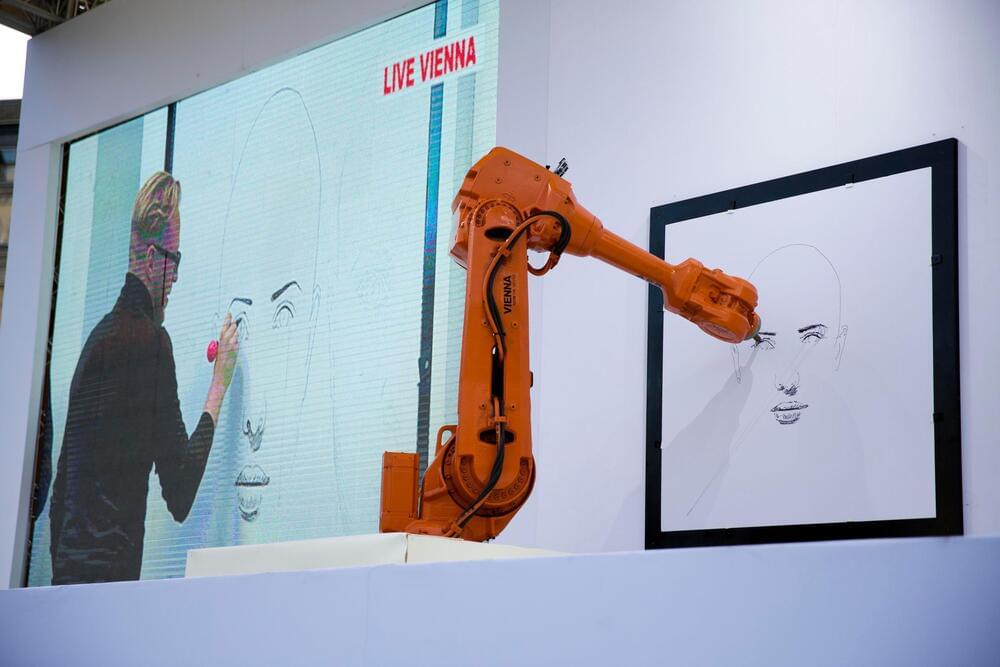More Science Fiction Audiobooks : https://bit.ly/3Lx162h.
If you like this book, please buy the paper to support the author.
Would like to give me a cup of coffee : https://www.buymeacoffee.com/FreeAudiobooks.
Paypal : https://www.paypal.me/VuBaDatNow this epic trilogy concludes with Death’s End. Half a century after the Doomsday Battle, the uneasy balance of Dark Forest Deterrence keeps the Trisolaran invaders at bay. Earth enjoys unprecedented prosperity due to the infusion of Trisolaran knowledge. With human science advancing daily and the Trisolarans adopting Earth culture, it seems that the two civilizations will soon be able to co-exist peacefully as equals without the terrible threat of mutually assured annihilation. But the peace has also made humanity complacent.#sciencefiction #audiobook #audiolibrary




